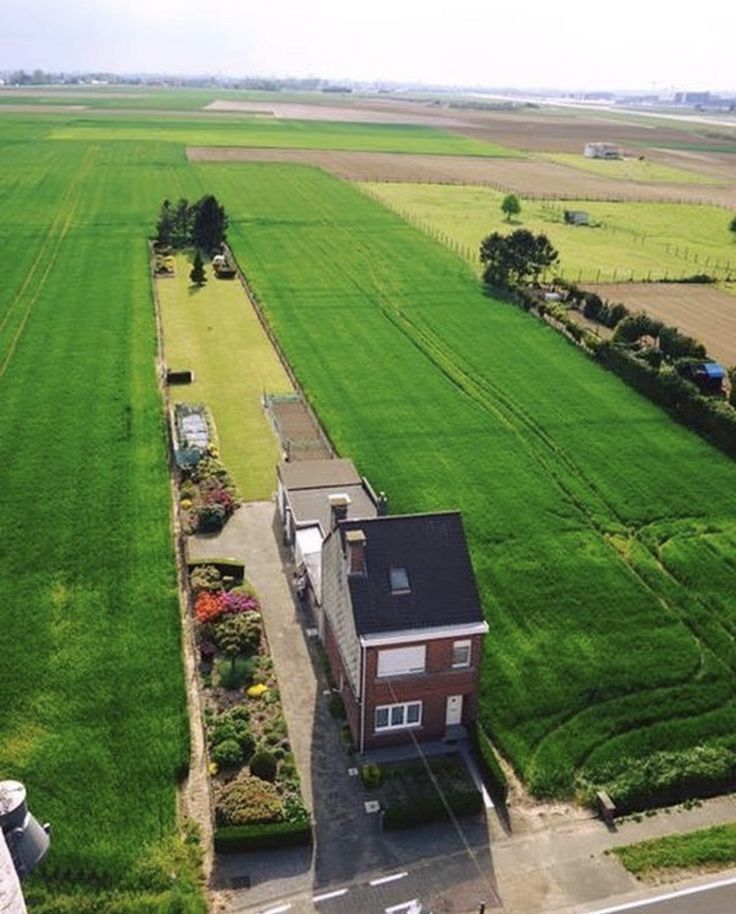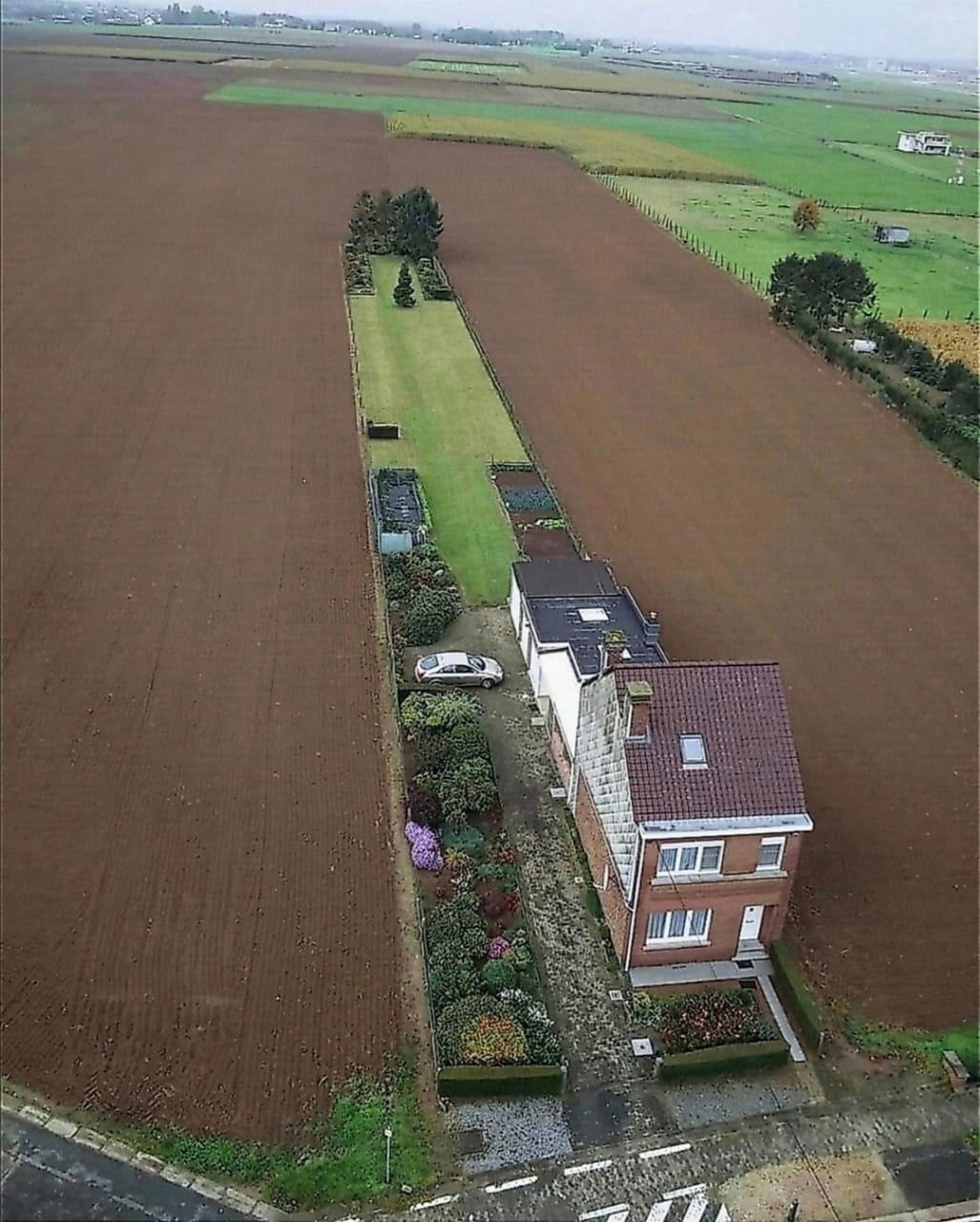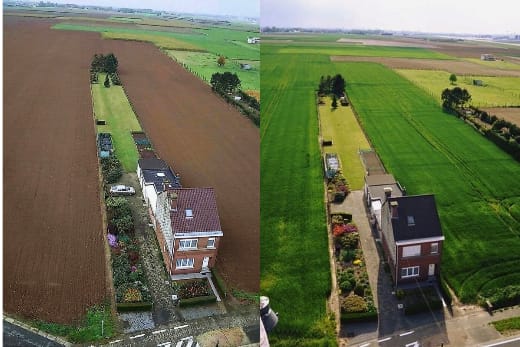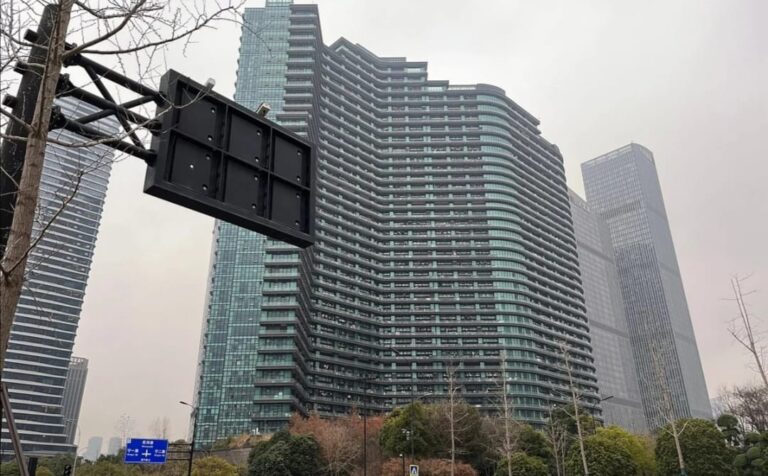“Ribbon farm” or “ribbon development” are distinct settlement pattern where long, narrow plots of land stretch out from the roadside. In the Flemish region of Belgium, especially, these homes form a dotted ribbon across the countryside, blending agriculture with residential life.
A Unique Layout
The defining feature of ribbon development is the plot shape. Properties are long and skinny, a result of historical land divisions where land was split among heirs. This design ensured that each family maintained direct access to a road or waterway—a practical necessity in earlier centuries.

“From above, it looks like lines drawn neatly across the countryside,” locals often remark.
Architecture and Lifestyle
The houses that line these plots often resemble town houses, a style that became popular in rural Belgium decades ago. While compact at the front, these homes are backed by long strips of farmland that extend far into the countryside. It’s a blend of urban-inspired architecture with agricultural utility.
Surrounding Agricultural Land
Behind the rows of houses lies farmland—fields of crops, pastures, and green landscapes. This integration of homes and agriculture highlights how Belgian communities have historically lived close to the land, with farming remaining central to daily life.

Why It’s Unique
- Historic Roots: Ribbon farms trace back to traditional land inheritance and settlement practices.
- Cultural Identity: They shape the look and feel of Flemish villages, distinguishing them from other European landscapes.
- Agricultural Connection: They remind us how closely rural communities lived alongside the land they worked.






